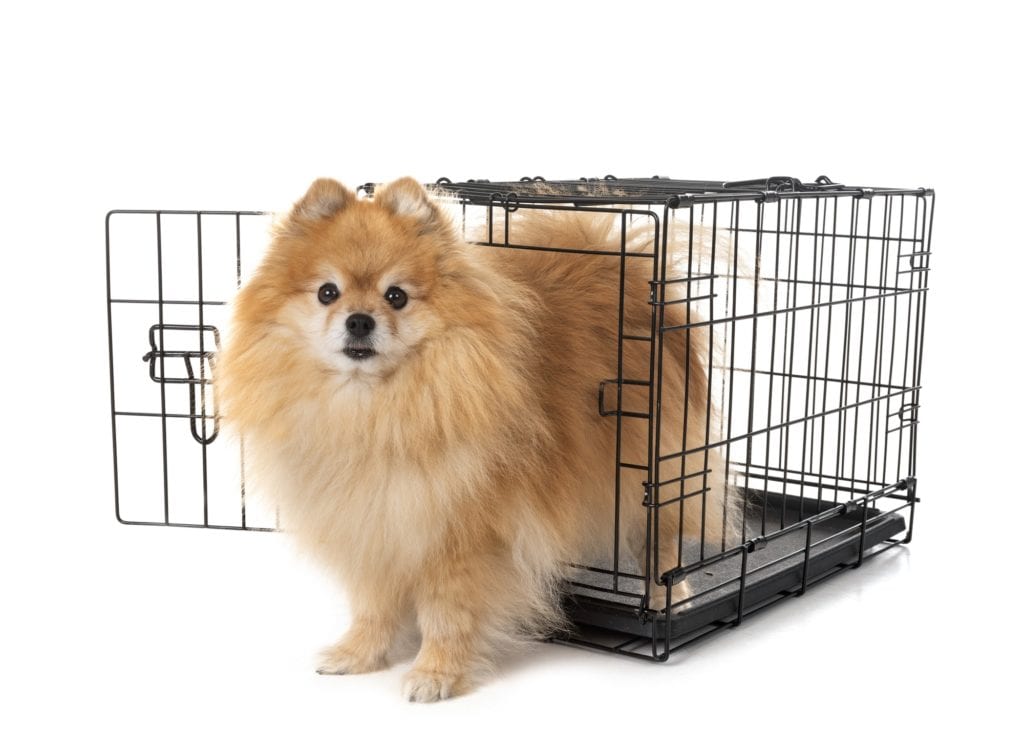Bringing a young dog into your life can be a bit of a shock – they’re energetic, curious, and destructive, which can be a huge damper on your relationship with the new roommate. While regular behavior training like sit, stay, and leave it are necessary, many people opt for crate training too. When done correctly, crate training is a completely humane way of limiting your pet’s access to trouble and providing you peace of mind when you’re away – because, unfortunately, we can’t sit home and play with a new puppy all day. And, despite what you may think, it also provides your animal relief once they’re used to it. Here are a few tips for introducing your puppy to their own personal safe space.
- Cage Size Matters. You want a crate large enough that your pet can stand up, turn around, and lie down with outstretched legs comfortably in – but don’t just assume bigger is better. If you go too big, your pet will have enough space to eliminate on one side and sleep on the other, and you don’t want that. If you have a growing puppy, consider an expandable crate.
- Pick a Good Spot. Keep the crate out of high traffic areas like hallways or near doorways and make sure it’s in a place where the temperature is consistent and wires aren’t within reach.
- Make it Theirs. Depending on how destructive your pet is, put a bed, blanket, and their favorite toy(s) in the crate with them for comfort and entertainment while you’re away.
- No Collars in the Crate. For safety, remove tags and/or collars completely to avoid them from getting stuck between crate bars, which happens a lot easier than you might think.
- Tucker ’em Out. It’ll be easier on everyone if your pet’s able to burn some energy before spending time in their crate. Try walking or running them before starting the process.
- Start with an Open Door Policy. Keep the crate door open and allow them to explore it on their own, and keep it positive! Anytime they wander in there, mark it with praise or a treat. You could even try feeding them meals in the crate with the door open so they know it is a safe space. Eventually, you can close the crate door during feedings but should open it when they’re done.
- Start Slowly and Stay Close. Put your puppy in the crate for short intervals with the door closed, followed by lots and lots of praise. Be sure you stay nearby and provide them with a toy for entertainment. As you increase the interval of time, you may have to up the ante on what’s entertaining them, but your goal is to be able to leave the room and have them still be content in the crate.
For some dogs there’ll likely be an adjustment period but as long as your pet knows it’s positive and not a punishment, they’ll get used to it and may even retreat to their space even when they don’t have to. And best of all it’ll enrich your bond knowing they’re safely behaving while you’re away.

